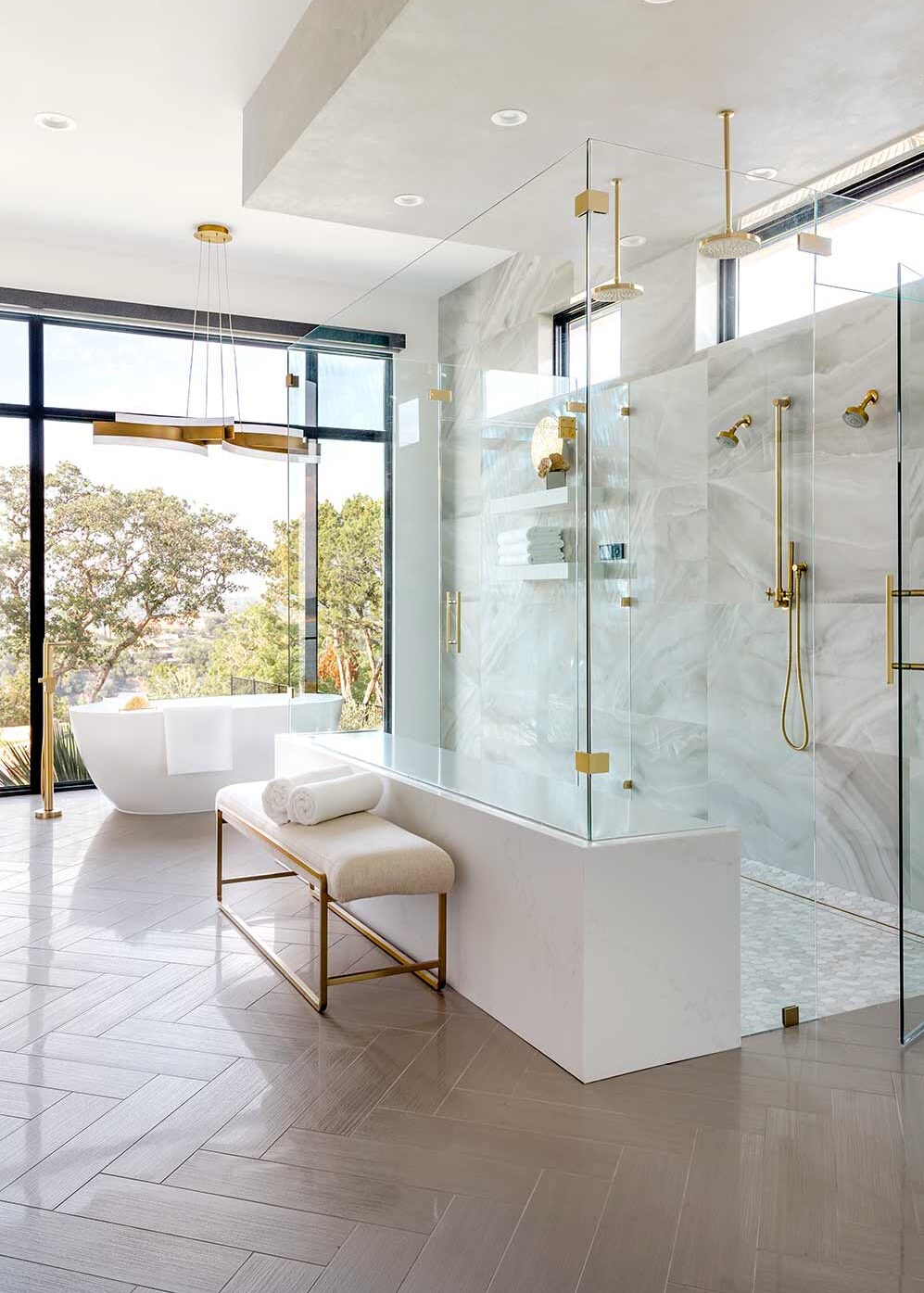
Are you tired of relying on artificial lighting to brighten up your home? If so, you’re not alone. Many homeowners crave the warmth and natural beauty of sunlight in their living spaces. Luckily, with the right design strategies, you can maximize natural light in your home and create a beautiful, bright, and inviting atmosphere. In this article, we’ll share some expert tips for using residential architecture to bring natural light into your home.
The Importance of Natural Light in Your Home
The Importance of Natural Light in Your Home
Natural light has a powerful impact on your overall health and well-being. Exposure to natural light can help regulate your body’s circadian rhythms, improve your mood, and boost your energy levels. Additionally, natural light can make your home feel more spacious, open, and inviting. If you’re looking to improve your home’s design and functionality, incorporating more natural light is a great place to start.
Choose the Right Window Treatments
The first step in maximizing natural light in your home is to choose the right window treatments. Heavy curtains, shades, or blinds can block out a significant amount of natural light, even when they’re open. Instead, opt for sheer curtains or light-colored blinds that allow natural light to filter in. Additionally, consider installing window films that can reduce glare and UV radiation while still allowing natural light to pass through.
Use Reflective Surfaces
Another way to maximize natural light in your home is to use reflective surfaces. Mirrors, glossy surfaces, and light-colored furniture can all help bounce natural light around your living spaces, making them feel brighter and more spacious. Additionally, consider incorporating reflective surfaces into your flooring, such as polished concrete or light-colored tiles.
Choose Light Colors for Your Walls and Floors
Dark walls and flooring can absorb natural light, making your home feel darker and more closed off. To maximize natural light, choose light colors for your walls and floors. Light colors reflect natural light, making your living spaces feel brighter and more open. Additionally, light-colored walls and flooring can make your furniture and decor stand out, creating a more dynamic and visually appealing atmosphere.
Add Skylights or Light Tubes
If your home lacks sufficient windows, consider adding skylights or light tubes. Skylights are windows installed in your roof, allowing natural light to pour in from above. Light tubes are similar to skylights but are smaller and can be installed in almost any location. Both skylights and light tubes can bring natural light into areas of your home that may be difficult to brighten up with traditional windows.
Consider Your Home’s Orientation
Finally, when designing your home, consider its orientation. Homes that face north or south tend to receive the most natural light throughout the day. East-facing homes receive the most natural light in the morning, while west-facing homes receive the most natural light in the evening. By understanding your home’s orientation, you can design your living spaces to maximize natural light throughout the day.
Conclusion
Natural light is a powerful tool for creating a warm, inviting, and healthy living space. By using these expert tips for maximizing natural light in your home, you can create a brighter, more spacious, and more comfortable living environment for you and your family. Learn more expert tips on how to master home architecture for an outstanding design here.


